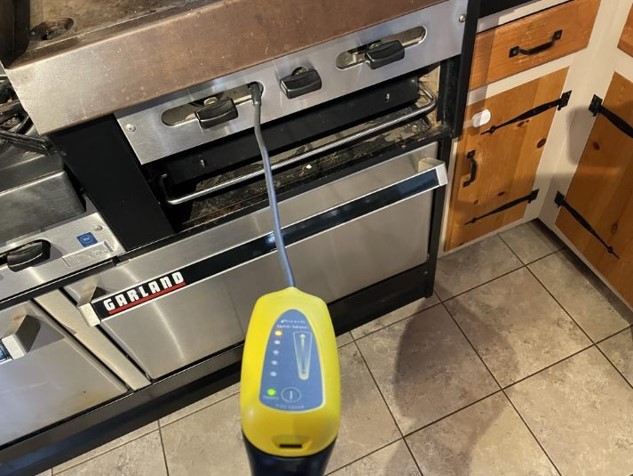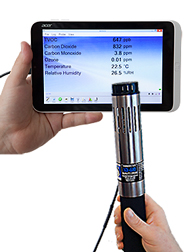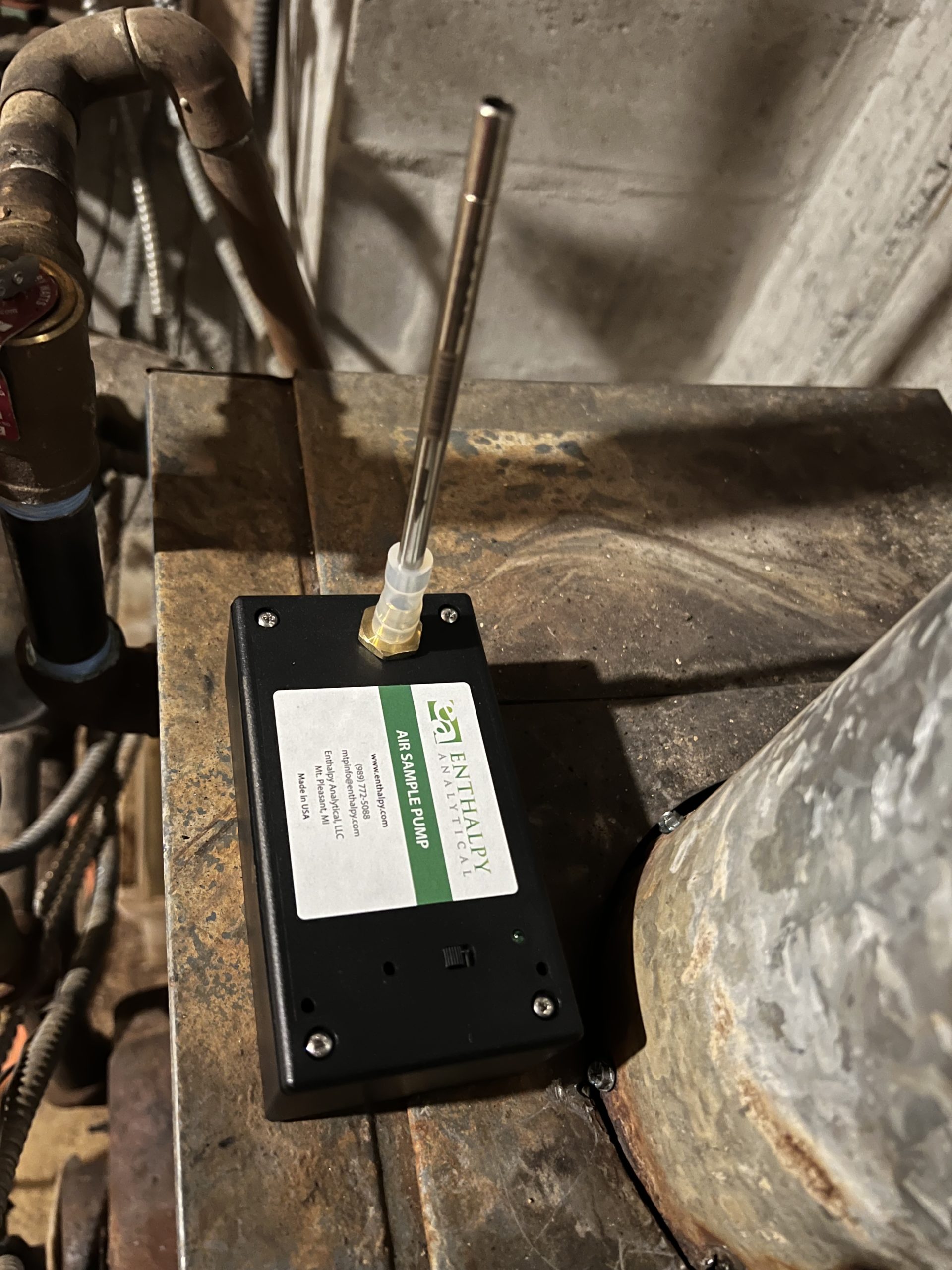A gas leak is truly a nightmare scenario for any homeowner. Unfortunately, with many modern household appliances and day-to-day amenities running on natural gas, the risk of that scenario becoming a reality is far higher than in the past. And while the larger, more sudden gas leaks are more urgent and overwhelming, the smaller, slower leaks often go unnoticed.
While you can’t always prevent a natural gas leak in your home, you can learn more about how to find those smaller leaks. That way, you’ll be able to take care of them and fix up your system before a more serious situation arises. So read on and discover how to spot silent gas leaks successfully and keep your home and family safe at the same time.

What Are the Signs of a Potential Natural Gas Leak?
It’s typically easy to identify a large gas leak. There are always a few giveaways, such as a strong smell of sulfur or rotten eggs and a hissing noise. You can usually also see yellow or orange flames on the gas stove rather than the standard blue color. There aren’t many warning signs when it comes to small, slow leaks, which is why they typically fly under the radar.
The Consequences of Ignoring a Gas Leak
If you’re wondering what the potential consequences are of ignoring a gas leak or neglecting maintenance surrounding your gas-powered appliances, see below for the common symptoms of a slow leak in your home:

Ingesting too many fumes from leaking natural gas can cause:
- Increased fatigue
- Severe headaches
- Loss of memory
- Trouble with concentration
- Nausea
- Loss of consciousness
- Suffocation
- Chest pains
- Breathing difficulties
- Reduced appetite
- Depression/irritability
- Ringing in ears
- Frequent nosebleeds
While none of these symptoms will generally show up until a gas leak has gotten quite severe, they’re worth noting to drive home the importance of checking for leaks — even if you can’t see, hear or smell them.
Where Do Silent Gas Leaks Typically Occur?
One of the most frightening aspects of the silent gas leak is not knowing where exactly the leak is. For larger leaks, you can typically follow the unpleasant smells or sounds until you find the source. But the small, slow variety stays hidden unless you look hard for them.
When checking your home, it’s important to focus most of your attention on the areas that most commonly have silent leaks, which consist of your various natural gas-powered appliances.

How To Locate Silent Leaks in Your Home
One of the best ways to find a silent gas leak with no clear indicators is by looking closely at your monthly natural gas bill. If you track your usage and compare it to the bill, it will be crystal clear if extra gas is used up, which is a telltale sign that you have a gas leak in your home.
Another method is to check out devices and appliances in your home that use natural gas consistently. These gas-powered appliances include electric clothes dryers, furnaces, water heaters, stoves, gas tanks, and electric generators. If any of these devices are suddenly not working as they have in the past, there may be a correlation between the device and the leak. The types of gas most commonly used in homes include propane, natural gas, and butane.
After locating a leak — even if it’s a minor one — your next step should be to call a team of inspectors or maintenance professionals to stop the leak and help fix the faulty appliance(s) in general.
Laboratory Testing
Handheld detection meters are some of the most effective, convenient ways to measure the air’s natural gas particles and hydrocarbons. However, these detectors have a limit of detection that may not pick up low level gas leaks. We suggest distinct sorbent tube air sampling, which produces results in parts per billion. That’s 1000 times more sensitive than a handheld meter.
The laboratory can expand the analysis to include other light hydrocarbons, chemicals and sources that degrade the overall air quality.
How To Prevent Future Gas Leaks
The key to preventing future gas leaks in your home is the same for preventing other maintenance issues down the line: stay proactive about testing. Realize that gas leaks can happen anytime, so you should make a conscious effort every once in a while to measure the air quality and natural gas particles. You can also take a detection meter and hover it over some of your most commonly used gas powered appliances to quickly ensure there’s nothing to worry about.
When you take care of your home and prioritize maintenance and safety, it’s far easier to feel a strong sense of peace of mind from day to day. Instead of constantly fearing the worst regarding your home’s air quality or potential gas leaks, you can conduct real tests and get full confirmation that there’s nothing to worry about. And even if there is, it’s always better to catch it early rather than too late!
Ready To Hand Us the Reigns?
At your request, members of the IndoorDoctor team will give your home a thorough air quality test with professional precision equipment. Afterward, you’ll receive a comprehensive consultation detailing everything we learned during the process.
We strive to bring you peace of mind knowing that your home is safe and secure for you and your family, but we also want to help you identify potential problems and give you the tools to fix them. If you’re ready to take the initiative, contact us, and we’ll set up a time for your Air Quality Test! Contact Our Team to Schedule Your Test!
References:





